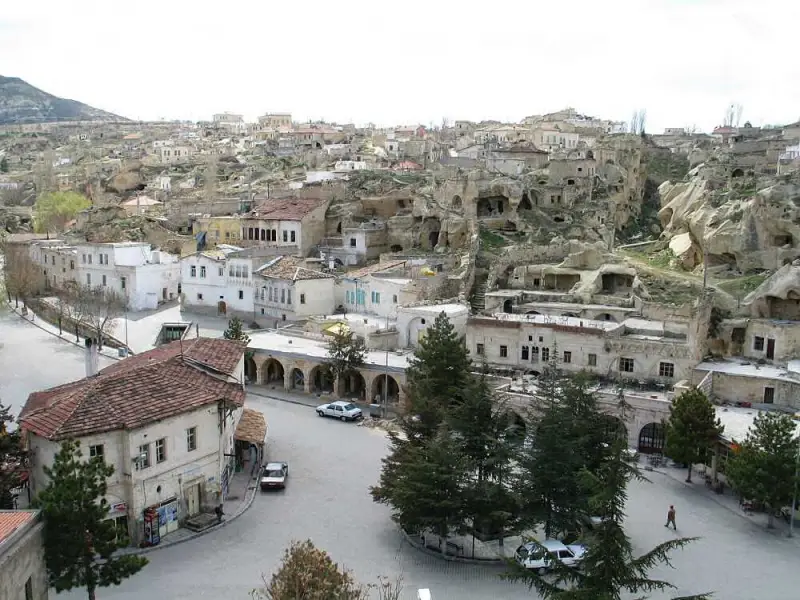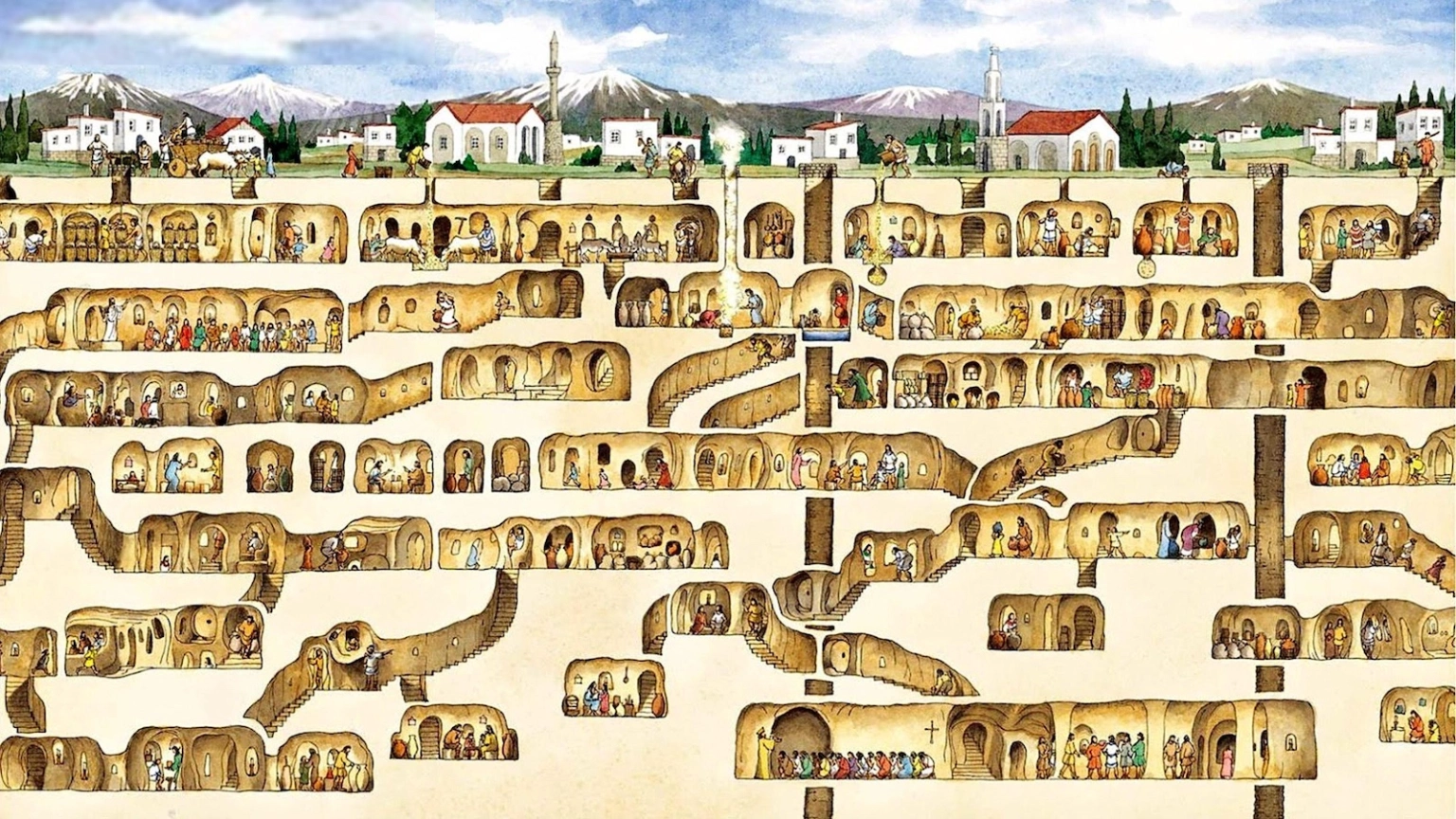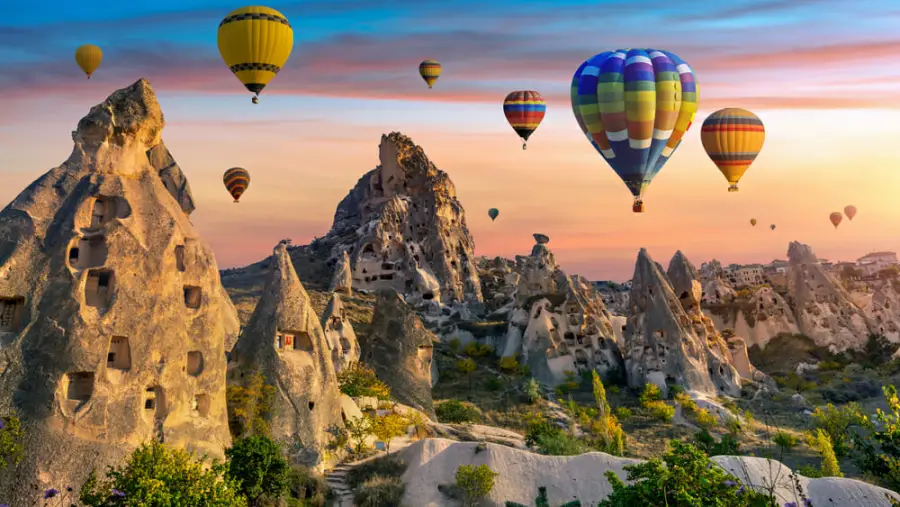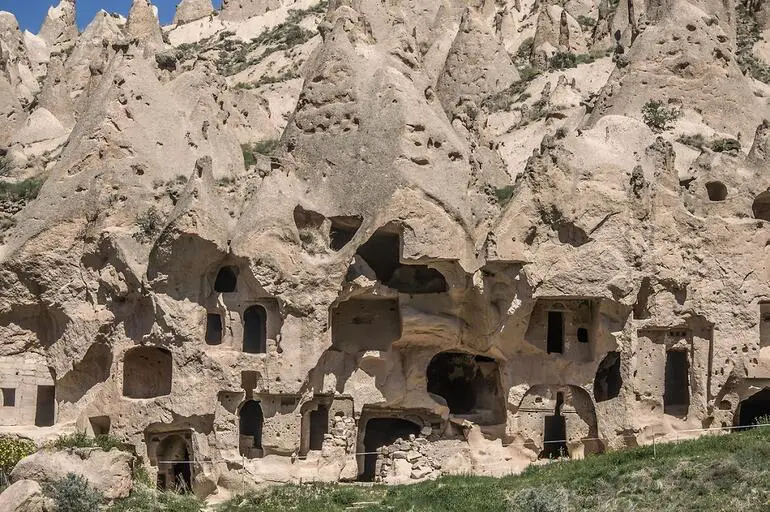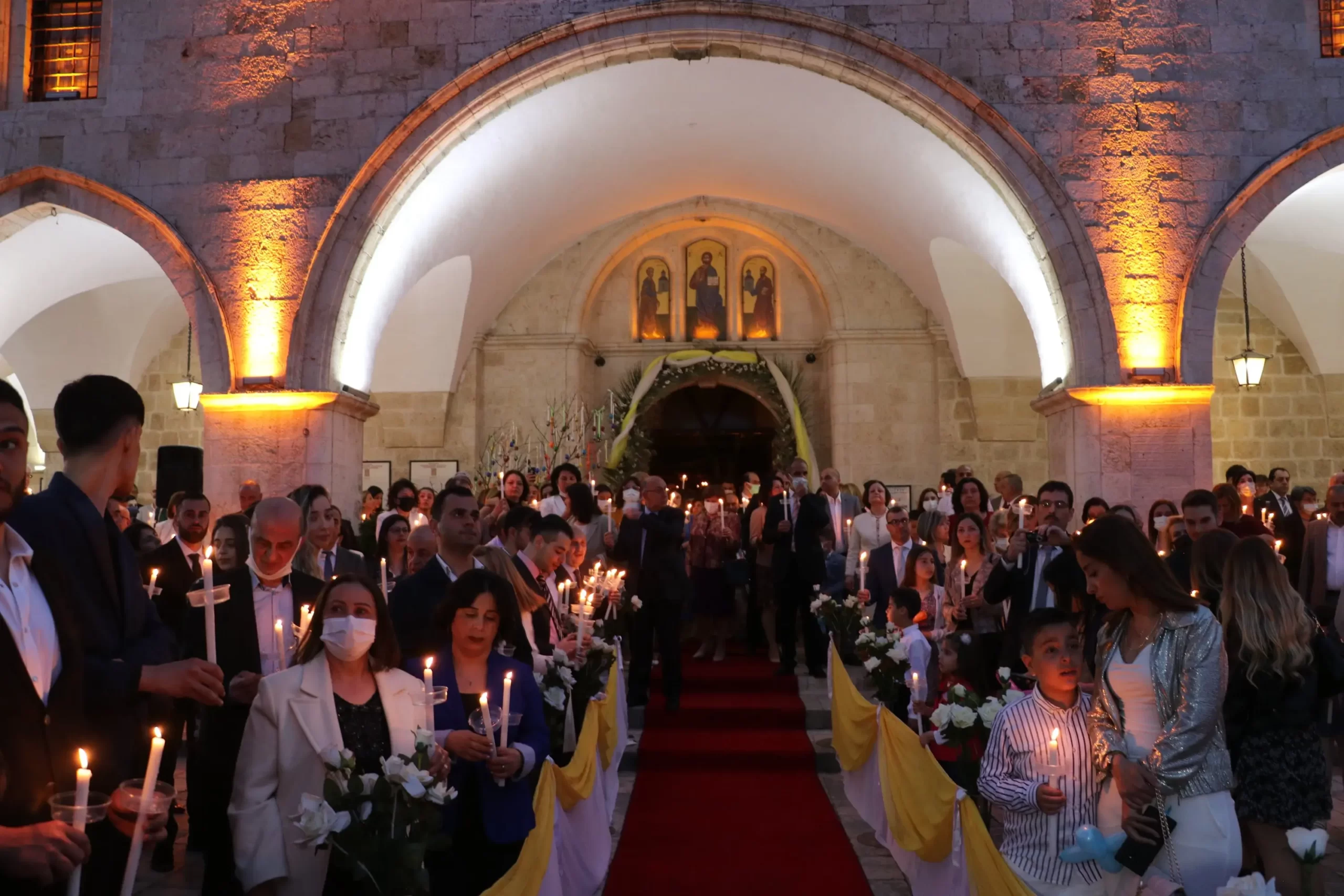What to do in Cappadocia besides balloons?
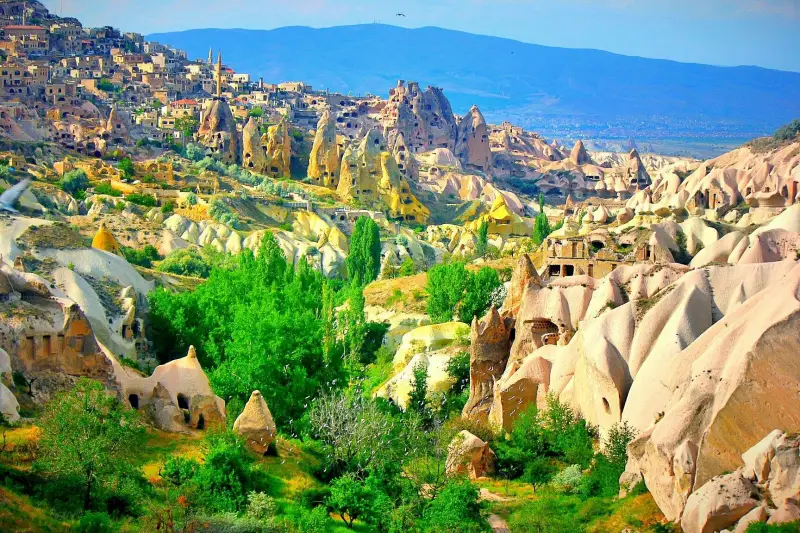
The Center of Possibilities: Cappadocia
Cappadocia is a beautiful region in central Turkey known for its unique landscape, underground cities, and hot air balloon rides. While hot air balloon rides are certainly a popular activity in Cappadocia, there are many other things to see and do in the region as well. Here is a short text that could be used as an introduction to some of the other activities and attractions in Cappadocia.
Carpets, Rugs and Cappadocia
Cappadocia is center of hand made silk and wool carpets. Sensing the luxury in their textures is truly an experience by itself. You can even witness the astonishing process of silk threads production. The cocoon of the silkworm is carefully unwrapped to present one with the delicate fiber that is silk. The local silk ateliers create a lots of varieties of products from this beautiful and rare fabric. The products range from scarfs to carpets. You deserve to award yourself one of these.
Cappadocia is also center of varied handcrafts. You can join making clay pot for yourself. You will have a chance to have choices of goods from ornamental trinkets to kitchen and table goods. Some clay ateliers pride themselves for their elegant paintings and embellishing custom clay and ceramic goods. A perfect moment for the unforgettable memories of Cappadocia.
Pottery

Avanos is located 18km from Nevşehir city. She is famous for its tradition of pottery-making having been alive since the times of the Hittites. If you ever wonder whether you can manage, call by at a workshop, and take your position behind the wheel. What is about to happen is totally up to your hands and the power of your imagination. However, don’t worry! Master potters around will give you a helping hand and.
Before the take off time comes, you should not forget to have an example or two of the craftsmen’s work as a reminder of your good time there.
Carpets & Kilims
Although many civilizations around the world have cultivated the flatweave technique to create rugs, those practices mostly originate in Central and Western Asia. Many nomadic Turkic tribes passed through Anatolia. They left elements of cultural heritage and know-how behind. However, the tradition of textile weaving might be the one directly taking us on a journey through time.

Traditional nomadic homes didn’t have furniture. Instead, the tent-residents used to rest on carpet-covered floors on floor cushions and rolls of bedding. These textiles were meant to be light and practical besides beautiful. In winter, they would use the rugs to cover indoor spaces and insulate the room against the cold weather. In the summer, they offered shade and protection from the heat. Kilims and fabrics were also a major part of wealth exchange. Therefore, weaving was usually an important skill for a woman to have not only as leisure activity but also a full-time occupation.

There are two main types of rugs currently in production in various locations around central Anatolia. First, the kilim (a flat-woven carpet), the oldest of which may have emerged in Çatalhöyük near Konya in 7,000 BC. The second type, halı (knotted rug), is believed to have been introduced by Turkic tribes sometime during the 8th or 9th century. According to historical evidence, halı (knotted rug) must have made their way to Anatolia during the 12th century. They used kilims to make travel bags and floor cushions. On the other hand, they used halı and rugs to cover the walls and floors of stone houses and tents. This used to make them cozier, and more importantly – warmer.
Between the 12th and 19th centuries, village women wove carpets for private use, turning them into forms of self-expression. Working with their hands, they used exotic natural materials like wool and silk. The design reflected symbols and motifs symbolizing their tribal heritage, hopes and dreams, besides local superstitions. Today, handmade carpets remain in Turkish culture as an art form.
Production of a Turkish Carpet
Silk is what makes the Anatolian region of Kayseri stand out among other locations known for rug production. This precious thing is used to make the most exclusive rugs, the purchase of which is a serious investment. The long and complicated silk carpet weaving process starts with washing raw silk, unwound from cocoon, in hot soapy water.

Once they rinse the thread, they add the dye to the water. Color is a very important element of any carpet or kilim. They are the way to determine the origin of a the item. While factories today use chemical dyes, in the past, they colored the threads entirely with dyes from roots of various local plants. The recipes were tradesman’s secrets. Therefore, even the use of the same material by different dyers resulted in varying color tones. Moreover, the microclimate and other factors such as soil type also affected the colors.
Dyed thread is divided according to their colour palette and left to dry. Once the threads are ready, they are loaded into looms, and warped according to the desired dimensions of the carpet. Based on the thread’s thickness, the weaving process can take from six months (for a small 30x40cm decorative pieces) to several years (for carpets larger than two square meters).The silk threads are smooth and shiny. Thus, pure silk carpets woven on the weft (horizontal weave), cause an optical illusion of changing colours when rotated 180 degrees. One see same pattern different depending on different angles.

If the vertical threads (the warp) are thicker than the horizontal ones, it means that they have used two different materials to make the carpet. A pure silk carpet is both very thin and very smooth. Thereby, you can easily slide and spin it on the floor (hence the majority of them are not meant to be walked on, but rather hung on walls or displayed in frames like paintings). On the other hand, blends tend to be more spin-resistant. Thick, soft thread indicates cotton, thick and itchy ones are pure wool.
Staying in a Cave

Cappadocia is a land of natural wonders. There are some unique experiences every traveler wants to experience. One of the most unforgettable experiences is staying at one of Cappadocia’s world famous “cave hotels”. Locals have turned some of the region’s cave houses into luxurious boutique hotels. These hotels offer a real experience of the region’s unique architecture while providing all the modern comfort.

Horseback Riding

Another way to discover Cappadocia is horse riding. If you never experience horse riding, riding a horse will another experience you never forget. It will also allow you to closely observe the beautiful details around you. There are many daily horse tours to choose from. There are also multi-day rides around Cappadocia besides full moon rides where you can explore this region at night. It may also a romantic moments with your partner or a fun moment with friends. You can ride through Valley on footpaths where vehicles cannot enter, around fairy chimneys and among village vineyards. You will get the chance to see the most beautiful valleys of Cappadocia such as Meskendir and Güllüdere.
Hiking/Trekking

Cappadocia is a paradise for nature hikers. Hiking around Cappadocia is a unique experience offering some of the most unreal scenery in the world. There are several popular trails including the Valley of Pigeons near Göreme, the Love Valley, the Rose Valley and the Sword Valley, all of which take a few hours and make you feel like both a time traveler and an adventurer through historic churches, necropolises, beautiful nature and many more. You can also walk longer trails such as the 14 km Ihlara Valley.
